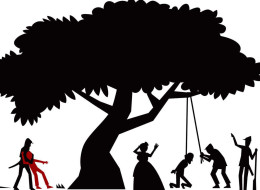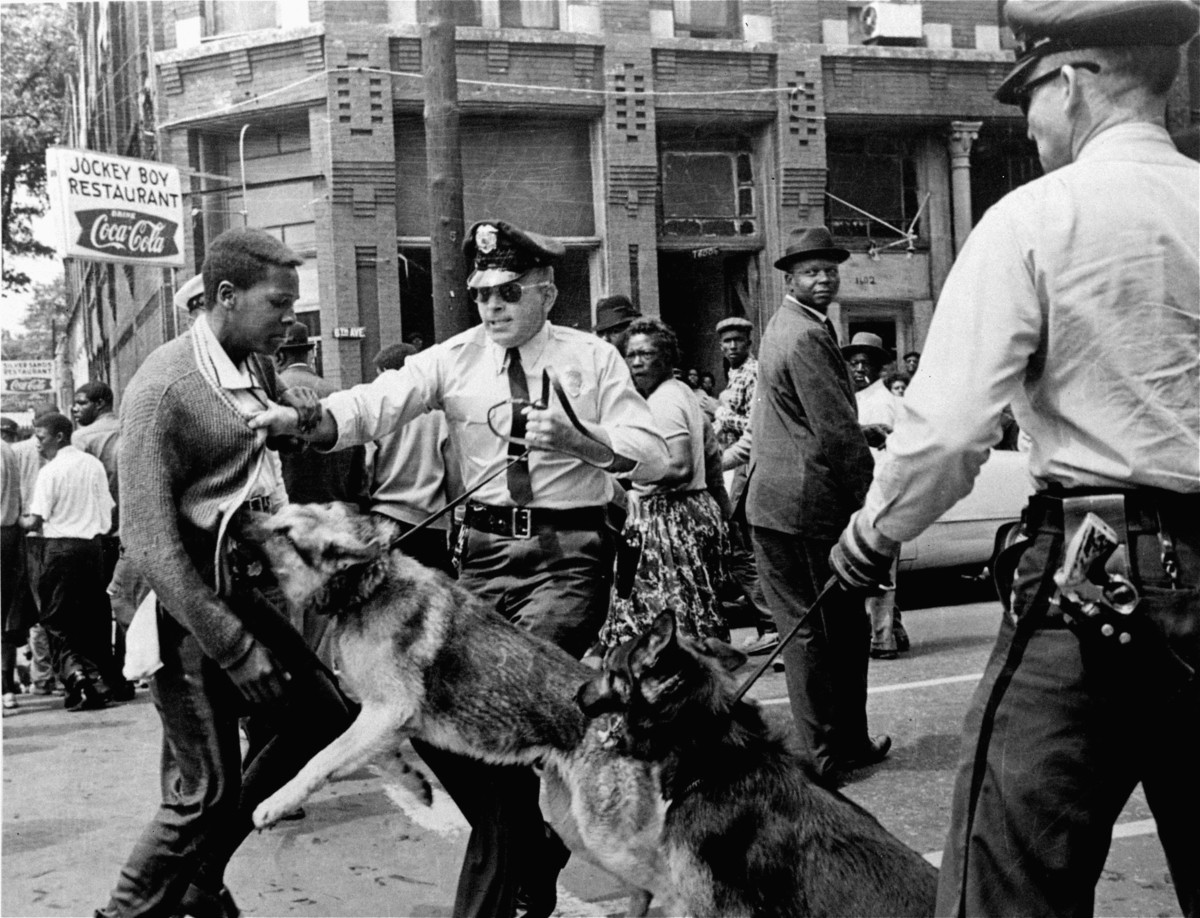Spoken Soul, The Story Of Black English
SPOKEN SOUL is a guide to Black English - from its origins to its new directions, and its fascination for society at large. Drawing on fresh research, John Rickford uses examples from such icons as August Wilson, Richard Pryor and Eddie Murphy. It tells the story of the unique language that links such disparate figures as Toni Morrison, Jesse Jackson, and Lauryn Hill.
Lisa on Goodreads rated it Five Stars out of Five and said :This is a fantastic intro to African American English. Rigorous enough for linguists but also highly engaging and accessible to nonlinguists. Wonderful book.
http://www.amazon.com/Spoken-Soul-Story-Black-English/dp/0471399574http://www.amazon.com/Spoken-Soul-Story-Black-English/dp/0471399574
Christopher on Goodreads gave it Three Stars and the following review:
SPOKEN SOUL: The Story of Black English is a comprehensive introduction to African-American Vernacular English (AAVE) by the father-and-son writing team of John Russell Rickford and Russell John Rickford, one a journalist and the other a linguist. It was published by Wiley in 2000. SPOKEN SOUL essentially consists of three distinct parts that may not all appeal to the same audience.
The first part is a basic presentation of AAVE as a phenomenon in the African-American community, with a history of how it has been embraced or shunned by African-American intellectuals. Much of this part seems essentially directed to AAVE-speaking Americans in an attempt to instill pride in their heritage. What I take issue with, however, is the author's tendency to praise AAVE as more expressive than Standard English. African-Americans must retain AAVE, they write, because with it they can say more than speakers of Standard English. Now, this may be in some sense true, but it needs a boatload of qualifications. One shouldn't reinforce the public's tendency to hold the Sapir-Whorf fallacy, and the authors seem to perpetuate stereotypes that African-Americans are naturally smooth and suave, "soulful", while white Americans are square and lack some essential mojo.
The second part of the book is a linguistic description of AAVE. The authors attempt to outline the ways in which AAVE differs from Standard English in a fashion easy for layman to understand. I nonetheless think that most readers are going to find this too hard going unless they have prior training in basic linguistics. For me, the diachronic dimension in this description was especially interesting, presenting how the community is split between some scholars who see a great deal of influence on AAVE from West African languages, and others who feel that AAVE is based more on the non-standard British dialects of their neighbouring whites.
The third part is an ample history of the Ebonics controversy of the 1990s, when the Oakland School Board's consideration of using AAVE in instruction got picked up by the media and generated controversy all over the US. This history even includes a detailed description of Ebonics jokes that appeared in newspapers and how faithfully they represented AAVE as it really is. I personally found this section the most unpleasant to read, as I've tried hard to retreat into the ivory tower and ignore how the general public inevitably mangles any linguistic matter that reaches them. Sociolinguistically-minded readers, however, will find this a useful summary.
The authors' sources are listed in detail at the end of the book. All in all, this is a book with a great deal of useful information, but no readership is going to be entirely satisfied. As a linguist, I dislike some of the oversimplifications, while readers without any real training in linguistics may find even this relatively simple to be too abstruse. Also, it would be good to see a second edition of this book, as I'm sure scholarship has moved much further over the last ten years.
Jessica gave it a Four Star rating and said: Overall, it was an engaging, enlightening and enjoyable read. Part 3 might be a challenge to readers who haven't ever taken a course in linguistics or grammar. The explanations are really quite good though, so if you've ever studies another language I think you'll be able to understand most of what's discussed.
Part 1 introduces the purpose of the book. Part 2 discusses the artistic and cultural history of African American vernacular English (AAVE). Part 3 discusses the vocabulary, phonetics and grammar of AAVE. Part 4 explores the political controversy surrounding an initiative to use Ebonics (AAVE) as a teaching tool in Oakland, CA, classrooms in the mid-1990s. Part 5 briefly explains the importance of AAVE to the cultural identities of many African Americans, particularly those in the lower and working classes.
Labels: Black Culture.

































